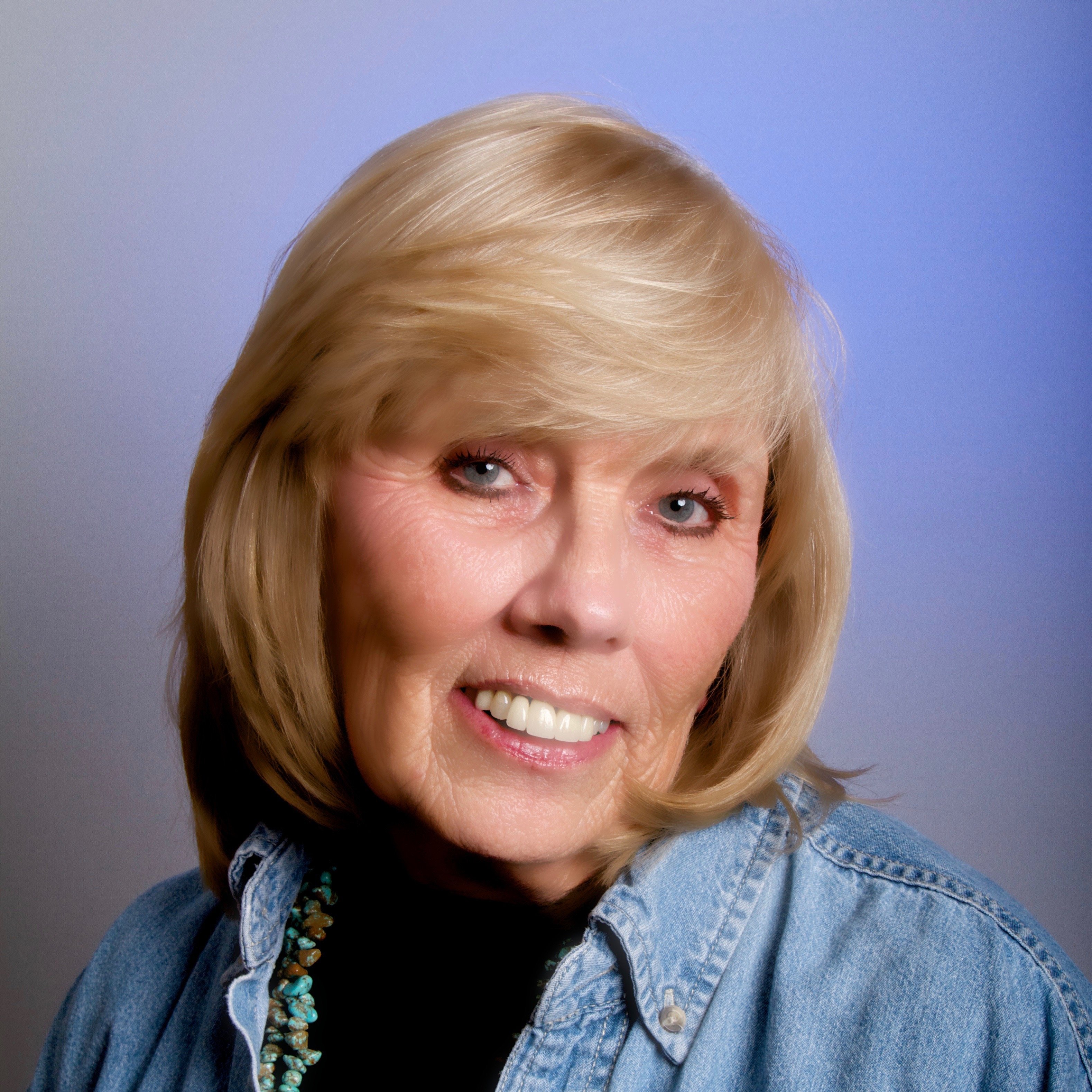Bell Helicopter Aims to Build Uber's Flying Taxis, Debuting in Dallas-Fort Worth, LA, and Dubai
In 2020, Uber is debuting its Elevate ride-hailing service in Dallas-Fort Worth, Los Angeles, and Dubai before launching the flying taxis in large urban areas worldwide. And Fort Worth-based Bell Helicopter wants to build aircraft for the app-based on-demand service.
Besides teaming up with Bell, Uber is also collaborating with Aurora Flight Sciences, Pipistrel Aircraft, Mooney, and Embraer on developing the aircraft. But Bell — a division of aeronautical and defense leader Textron — has its sights set on becoming the original equipment manufacturer (OEM) for the project, according to the Dallas Business Journal.
Recently, North Texas developer Hillwood Properties signed on to help create the flying taxis’ “vertiports”.
Scott Drennan, director of innovations at Bell, believes his company has a chance to become a manufacturer for the project.
“Bell is the only aircraft manufacturer in the mix that has designed, developed, fielded, and maintained aircraft that can take off vertically like a helicopter and also fly fast horizontally like a plane,” Drennan told the Business Journal. “Bell also has the ability to get the necessary regulatory certifications for aircraft of this type, and the company has the manufacturing infrastructure that’s ready to go for a project of this type.”
The Uber aircraft will be vertical takeoff and landing vehicles (VTOLs) that are simple to maintain and operate and require no expensive infrastructure or runway. Initially the propulsion technology will be hybrid electric, which is the gateway to eventual fully electric aircraft.
Landing the Uber Elevate deal would clearly put a tidy sum in the Bell Helicopter coffers since thousands of start-up aircraft will cost between $1 million and $2 million each.
“Today, when we think about air taxi, we know who we are on the equipment provider side," Drennan said. "But could we be more? Could we be an operator? We are examining those business synergies as well to make sure that we understand the best way to capture the most revenue out of a new system like this.”

